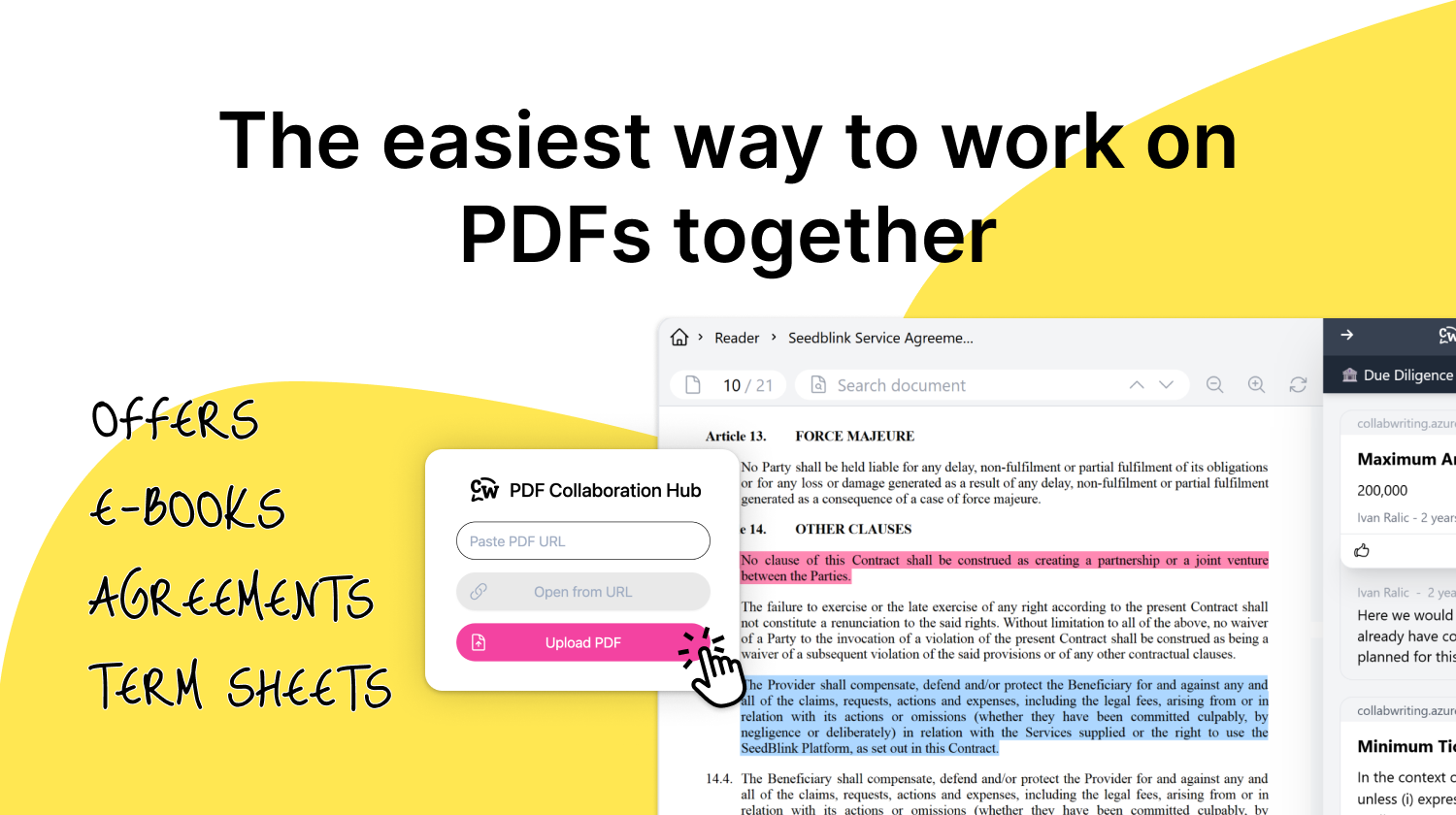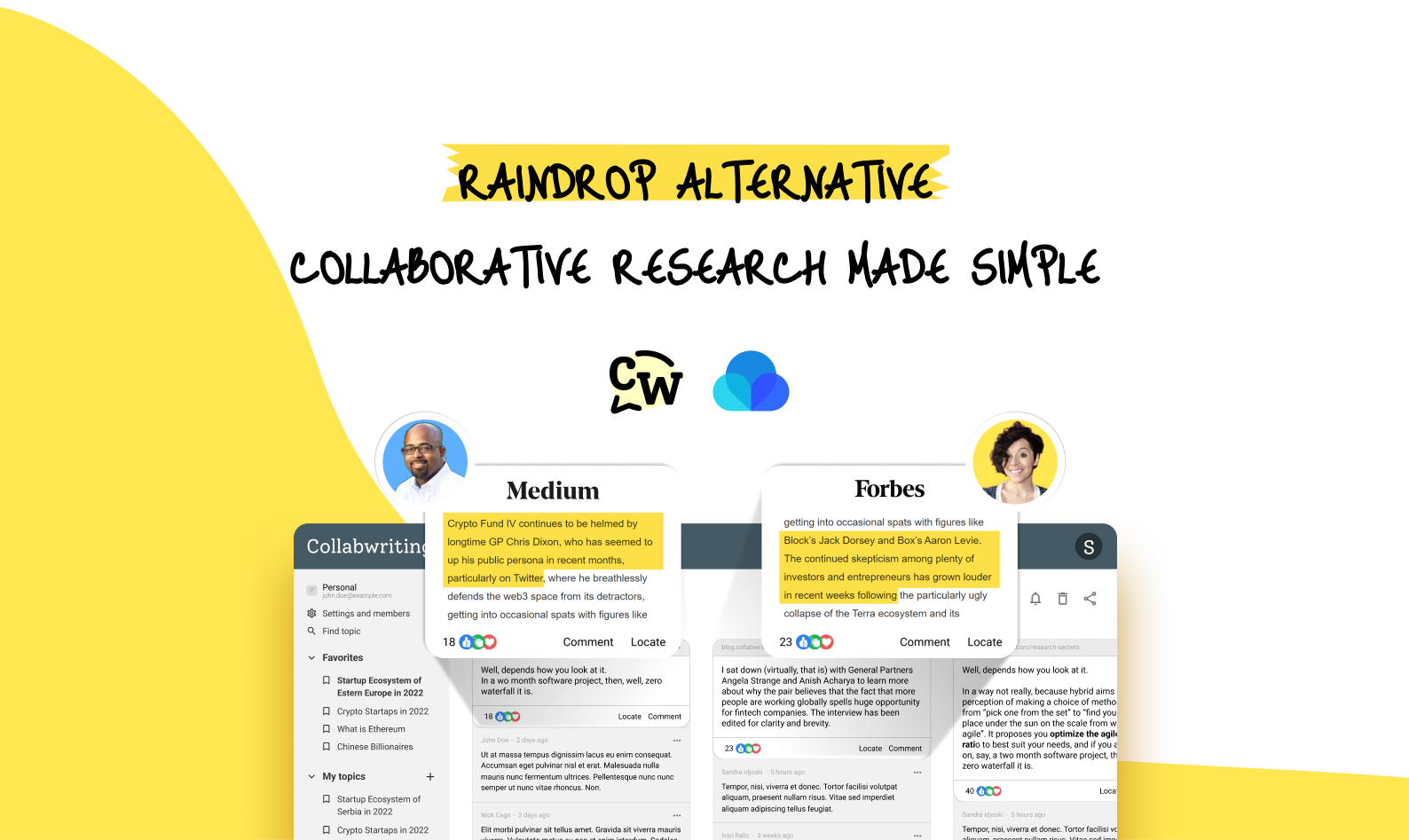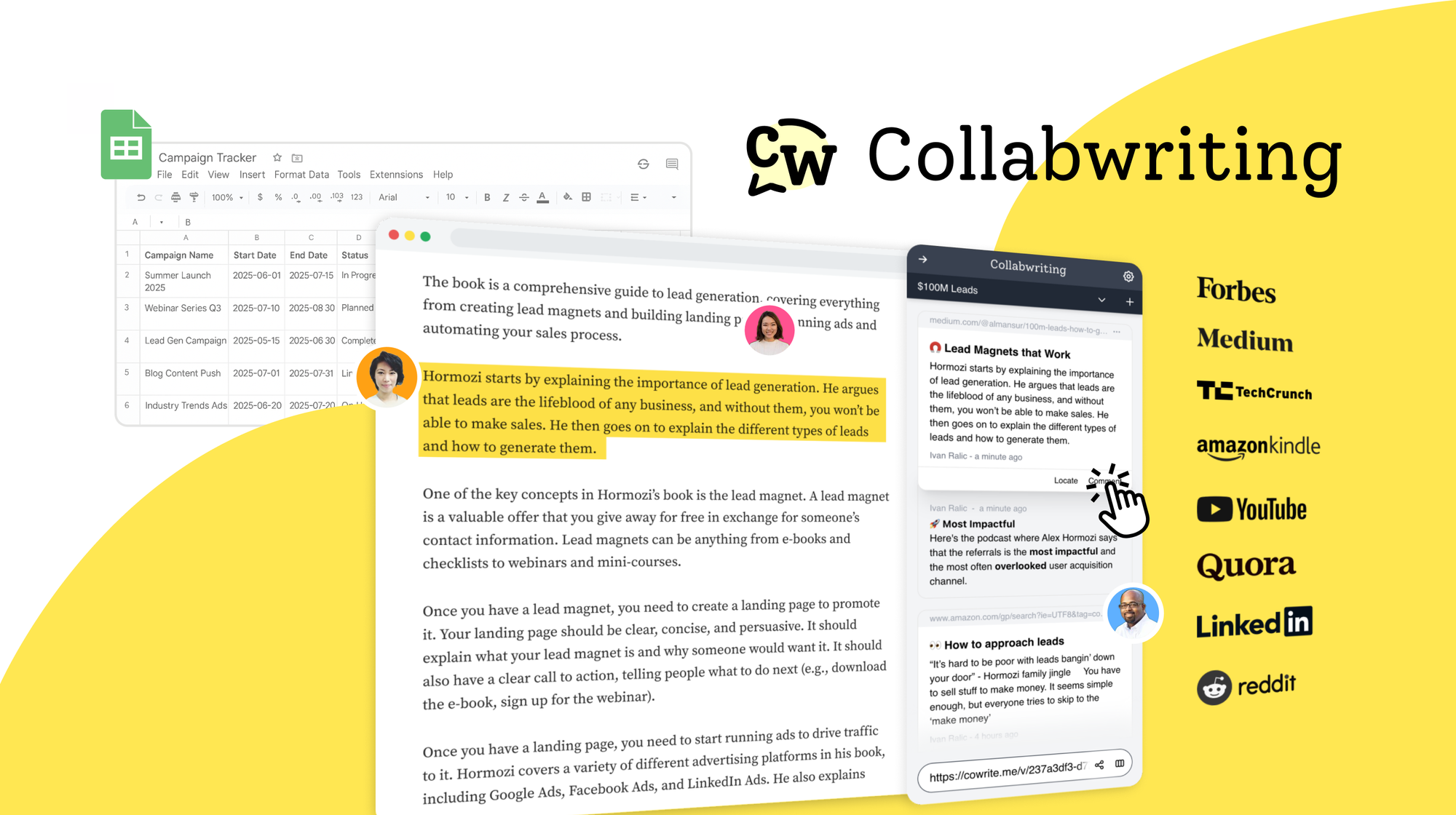I get it, the idea of research can be overwhelming. Most people think it's a time-sucking, energy-draining process.
But guess what? It doesn't have to be that way.
You can create a seamless research workflow that organizes information, encourages collaboration, and helps your team produce better insights.
Here’s a step-by-step guide to stress-free research collaboration.
Why Research Often Feels Overwhelming - Strategic Approach to Gathering the Right Information
Most teams juggle multiple platforms: Word documents, Google Docs, Notion, or even plain Notepad. (And let’s not forget dozens of open tabs!)

This scattered approach leads to stress, miscommunication, and wasted time. A structured, collaborative process can change all that.
Step 1: Identify Pain Points in Your Research and Fix It
Start by reviewing your current process:
- Where are you losing time?
- What tasks are redundant or confusing?
Consider where you might be going wrong and identify your major pain points.
This will help you figure out what unnecessarily consumes most of your time and what you can do to improve it.
Step 2: Choose the Right Tools to Collect Research Insights
Once you've identified where you're making mistakes - likely in how you collect your insights and store information - it's essential to establish a process that the entire team follows.
In research collaboration tools, look for features such as:
- Real-time communication with internal and external collaborators
- Searchable system for easy access
- Exportable research findings
💡 Collabwriting may be a good place to start.
Step 3: Plan and Prioritize Research
Just like any team, it's crucial to understand the current tasks, their timelines, and what comes next. This information isn't only important for yourself but for your teams as well.
Create a roadmap of ongoing and upcoming research projects. A clear plan helps:
- Balance current and future tasks
- Assess whether new projects can fit into your schedule
- Maintain a backlog for urgent, last-minute tasks
Proper planning reduces chaos and ensures your research stays focused.
Step 4: Identify and Refine Your Research Topic
Now, it's time to figure out what you want to explore. Once you've got that sorted, try turning it into a question.
For example, if you're curious about the latest content marketing trends in SaaS, ask yourself:
"What have been the 3 top trends in content marketing in the SaaS industry in the past year?"
Here we've included:
- a time frame for which you're doing the research (past year)
- a quantifier to help you prioritize the findings (the top 3 trends)
- a topic boundary to help keep the research focused on getting the right information (in the SaaS industry)
When you turn your topic into a highly specific question, you are more likely to find the main ideas and keywords you need for your research.
1) Why am I doing this research?
2) What exactly do I want to learn?
3) What will I do with the answers?
Always be specific.
✖️ Not: "I'm researching marketing trends."
☑️ Yes: "I'm looking for 3 B2B content strategies SaaS startups use in Europe."
Try it next time, you'll notice the difference.
Step 5: Gather Information in Advance
Before diving deep into your research, start with a quick search to see if there's enough information for your needs.
- Search engines can help you find your keywords
- Check out recently published research on relevant topics
- Look for relevant PDFs
- Take a look at industry reports
This gives you a sense of what's out there before you dive in.

Research secrets - How to win at SEO without cheap hacks
Learn how we outsmarted big competitors on Google, grew our audience with SEO, and became leaders in the 150 billion dollar Project Management niche - all without cheap hacks.
Step 6: Dive Deep and Evaluate Sources
Now that you have a clear idea about where your research is headed, it's time to dig into your topic.
- Evaluate sources for credibility and accuracy
- Check and double-check key facts
- Ensure conclusions are based on trustworthy data
Validating information early prevents wasted effort later.
Step 7: Collaborate with Your Team On Your Research
Working together with your team during research is essential. It helps make your insights more accurate and brings in different viewpoints.
Teamwork helps everyone understand the findings better, improves the quality of research, and makes the whole process more creative and efficient.
Plus, it's a great way to share knowledge with each other.
Offer feedback and comments
Gain diverse perspectives
How Collabwriting Simplifies Team Research
Collabwriting is designed to make collaborative research stress-free.
Here’s how it can fit into your workflow:
- Centralized Knowledge Hub: Save web pages, PDFs, and videos in one accessible place. Everyone on the team can use the same resources.
- Real-Time Collaboration: Comment, highlight, and annotate content together. Feedback stays tied to the source for clarity.
- Smart Organization: Tags, folders, and clusters make information easy to find.
- Track Contributions: Monitor who added what and keep research transparent.
- Streamline Sharing: Export or share findings with your team or stakeholders effortlessly.
By integrating Collabwriting, your team can simplify research, collaborate efficiently, and produce higher-quality insights.
Final Thoughts: Simplify Research, Boost Collaboration
A stress-free research process is achievable with structure, planning, and the right tools.
By simplifying research and embracing collaboration, you can:
- ⏰ Save time and reduce stress
- 💡 Collect more accurate insights
- 🫱🏼🫲🏼 Strengthen team collaboration
- 💛 Make research more enjoyable and productive
And remember - the power of teamwork is immense. Collaborating with your team not only improves accuracy but also brings fresh perspectives to your findings.





![5 Tools Marketers Use to Organize Research - Compared [2025]](/content/images/2025/11/cover-4-1.png)

![Build Credibility in Research: Smart Way to Verify Information and Track Sources Easily [2025]](/content/images/2025/10/covers-for-blog--7--1.png)

![How Marketers Can Turn LinkedIn Content into Collaborative Research [2025]](/content/images/2025/10/covers-for-blog--8-.png)
![Best Readwise Alternative for Personal & Team Research [2025]](/content/images/2025/09/Frame-814--3-.png)


